THE SHADOW: The Art-Deco Mystic Of The Superhero World
Making a film version of The Shadow was a proposition that made sense in some ways and no sense in others. On the plus side, it was a hero character that offered unique visual opportunities, had longstanding pulp fiction roots a la Batman and whose production was timed to capitalize on the superhero flick vogue inspired by Tim Burton's Batman and its many sequels. On the downside, it was a character with an unusual backstory that would be tough to sell to a '90s audience, had a story requiring an expensive period setting and, unlike Batman, had been out of 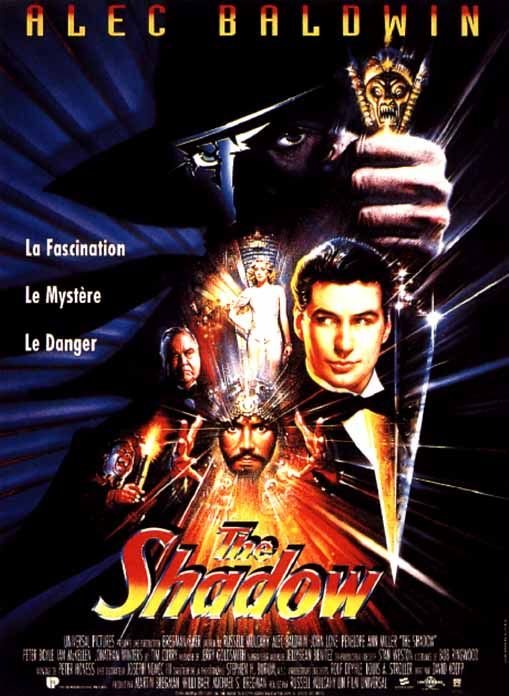 circulation in the popular culture for a long while.
circulation in the popular culture for a long while.
Thus, it's not much of a surprise that The Shadow did modest box office business and found little favor with critics during its original release. However, it has aged better than a lot of other superhero blowouts from the '90s and offers an array of quirky elements that might be better appreciated by modern audiences.
The complex origin of The Shadow is established in skillful broad strokes via a colorful prologue: Lamont Cranston (Alec Baldwin) is an ex-soldier who became an opium kingpin in Asia during the '20s, only to find himself humbled and turned on the path of good by an ancient mystic. He returns to New York City and poses as a wealthy playboy but in secret he fights the forces of evil as The Shadow. His mystical experiences have given him the ability to cloud men's minds, leaving only his shadow visible when he is using this power.
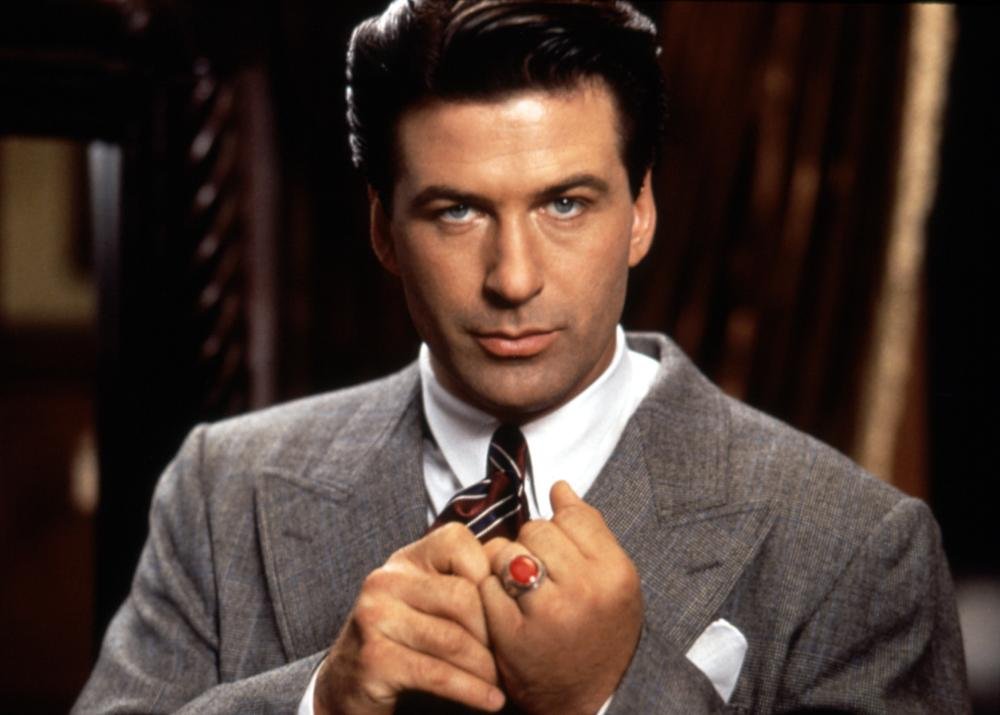 Cranston finds his abilities put to the test when Shiwan Khan (John Lone), the last descendent of Genghis Khan, comes to New York with the plans of starting an evil empire. He trained under the same mystic as Cranston and is thus a formidable foe. As Shiwan undertakes a world domination plan that involves the creation of an atomic bomb, Cranston works to stop him using his network of allies and a little help from Margo Lane (Penelope Ann Miller), a clairvoyant whose father (Ian McKellen!) is being controlled by Shiwan to create the doomsday bomb. This sets the stage for an appropriately lavish finale that mixes action and mysticism in equal measure.
Cranston finds his abilities put to the test when Shiwan Khan (John Lone), the last descendent of Genghis Khan, comes to New York with the plans of starting an evil empire. He trained under the same mystic as Cranston and is thus a formidable foe. As Shiwan undertakes a world domination plan that involves the creation of an atomic bomb, Cranston works to stop him using his network of allies and a little help from Margo Lane (Penelope Ann Miller), a clairvoyant whose father (Ian McKellen!) is being controlled by Shiwan to create the doomsday bomb. This sets the stage for an appropriately lavish finale that mixes action and mysticism in equal measure.
The Shadow works surprisingly well on the big screen for a number of reasons. David Koepp's smart script juggles the array of tricky plot elements with confidence and informs the proceedings with a fun-loving, cliffhanger flair that is reminiscent of Raiders Of The Lost Ark in spots. The script and the resulting film sometimes overdo the humor in spots but these occasional 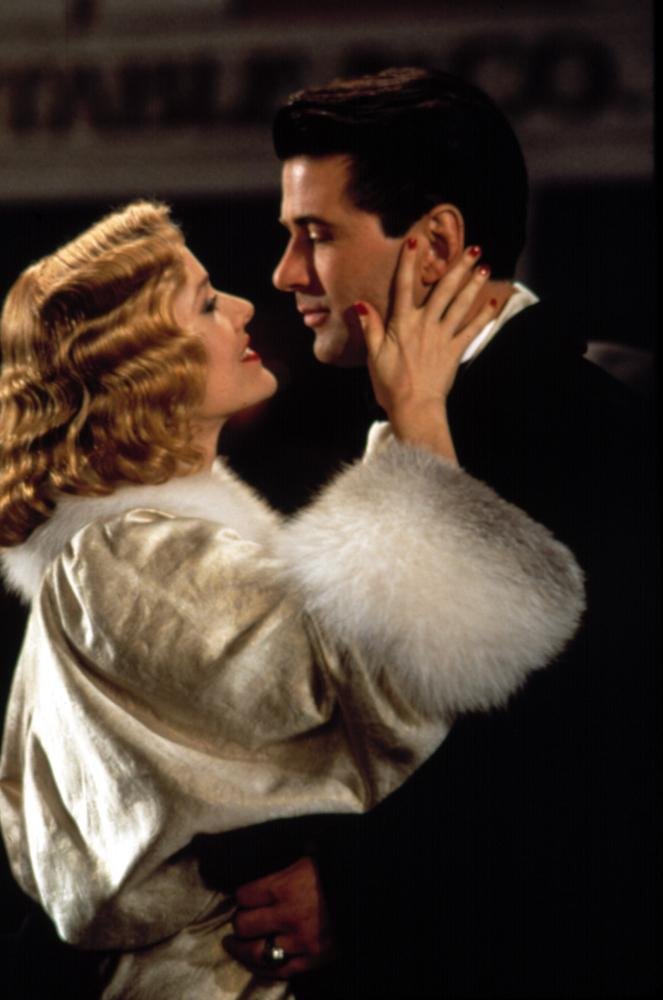 missteps are balanced out by the appealingly eccentric blend of action and mysticism, not to mention all the fun gimmicks: examples of the latter include the Shadow's network of secret spies and an info-relay system that allows Cranston to receive messages around the city via an elaborate series of pipes.
missteps are balanced out by the appealingly eccentric blend of action and mysticism, not to mention all the fun gimmicks: examples of the latter include the Shadow's network of secret spies and an info-relay system that allows Cranston to receive messages around the city via an elaborate series of pipes.
The film further benefits from energetic, visually expressive direction by ex-rock video helmer Russell Mulcahy, who is best known to genre fans for the similarly genre-bending Highlander. He makes strong use of slick cinematography from frequent DePalma collaborator Stephen Burum, gorgeous art-deco production design from Joseph Nemec and a barrage of visual effects that mix effective early CGI with an array of old-school matte paintings, miniatures and nifty makeup effects. The result moves fast and a has flowing, kinetic visual style yet gives you the time to take in its opulent sense of visual design. This approach ensures that the film is eye-candy from start to finish.
The Shadow also has a strong cast. Baldwin, in the prime of his leading man days, is an excellent choice for the title character. The role allows Baldwin to use the three key components of his screen skills: matinee idol charm, an ability to be menacing and a sharp sense of comic timing. The way it allows him to juggle all three of these skills makes it one of the best and most unique roles he's ever had. Lone makes 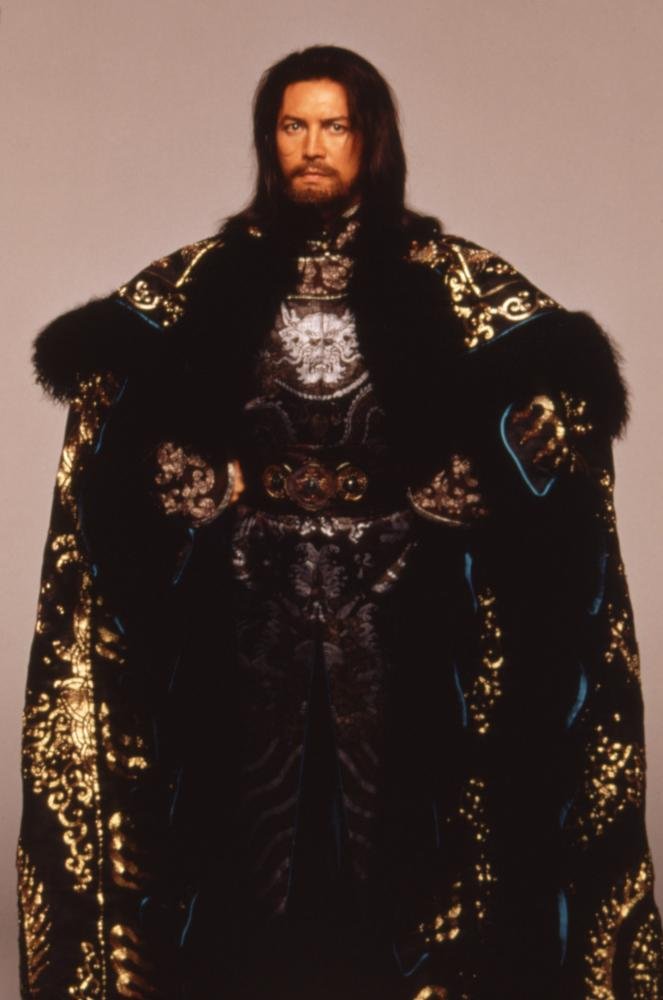 an excellent opposing force for Baldwin to bounce off of, showing the mix of style and cruelty he showed in Year Of The Dragon but also deploying a low-key, amusingly sardonic wit.
an excellent opposing force for Baldwin to bounce off of, showing the mix of style and cruelty he showed in Year Of The Dragon but also deploying a low-key, amusingly sardonic wit.
Miller is a solid romantic interest, getting to use the comedic skills she once showed in The Freshman, and there are also fun roles for Peter Boyle as a cab-driving acolyte of the shadow and Tim Curry as a sniveling scientist who cozies up to Shiwan Khan. McKellen doesn't get a lot to do but his modern fans will enjoy seeing him here.
In short, The Shadow has a flair for vintage pulp superhero fun that differentiates it from the early '90s run of Hollywood superhero flicks and further benefits from its singular blend of a quirky concept and handsome, art deco visual style. The result is a lot more fun than any of the sequels to Batman from the same era.
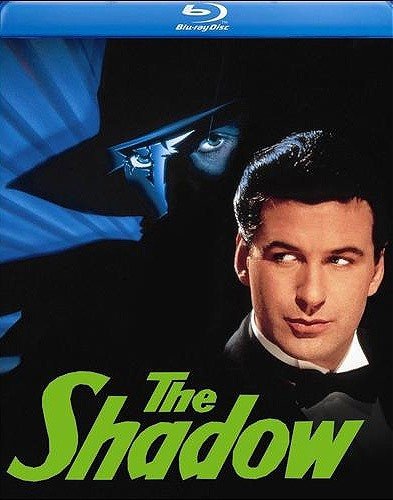 Blu-Ray Notes: Universal issued this title on blu-ray in 2013 but Shout! Factory has produced a newly-encoded transfer and added a few extras. The new transfer looks nice, boasting rich colors and lending plenty of detail to the film's buffet of visual effects and production design. The 5.1 lossless stereo track is full of speaker activity, particularly when the Shadow is addressing his enemies, and makes great use of the Jerry Goldsmith score.
Blu-Ray Notes: Universal issued this title on blu-ray in 2013 but Shout! Factory has produced a newly-encoded transfer and added a few extras. The new transfer looks nice, boasting rich colors and lending plenty of detail to the film's buffet of visual effects and production design. The 5.1 lossless stereo track is full of speaker activity, particularly when the Shadow is addressing his enemies, and makes great use of the Jerry Goldsmith score.
The disc also includes a new 24-min featurette, "Looking Back At The Shadow." It includes stars Baldwin and Miller as well as Mulcahy, Koepp, Burum and production designer Joseph Nemec. There's lots of praise for Koepp's script and Baldwin's performance, discussion of how they went for a '30s glamour look and making a big effects movie right before CGI took over the FX world. Fans will wish it was longer but there's plenty of good info here and it's nice that so many major players on the film were included. There's also a flashy trailer that shows of the film's effects and visual design plus an image gallery that includes production photos, posters, black-and-white stills and a few behind-the-scenes shots. All in all, a decent upgrade for this catalog title.


